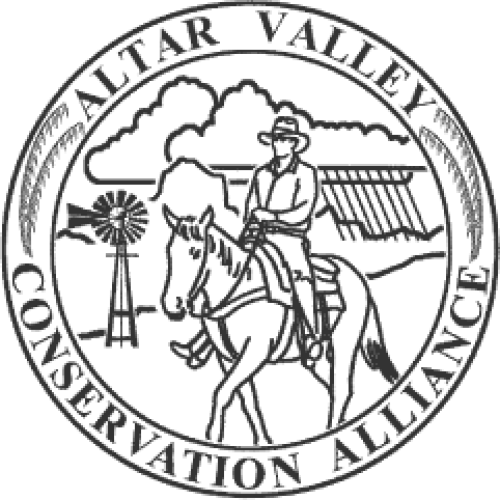Abstract
Environmentalists, scientists, and land managers have long debated the role of ranching in landscape conservation with some contending that ranching represents the major threat to ecological systems, while others believe it is key to long-term conservation. We contrast the impacts of livestock grazing with those of the major alternative land use at this time, suburban and ex-urban development, on the semi-arid Chihuahuan Desert grasslands and savannas of southern Arizona and New Mexico, USA, and northern Chihuahua and Sonora, Mexico. Because landscape change has resulted from complex interactions among natural and anthropogenic disturbances, attempts to identify simple causal relationships resulting from livestock are of limited ecological significance. Far more important is long-term conservation of basic ecological processes at large spatial scales, which in turn requires that certain social conditions be maintained. In the face of rapid, extensive suburban and ex-urban development in the region, conservation of functioning ranch units represents the most viable means of sustaining ecological function. Examples of community-based adaptive management illustrate the potential of coalitions of ranchers, agencies, scientists, and environmentalists to conserve the biodiversity of these landscapes, protecting a matrix of publicly and privately owned land through an extension of UNESCOs biosphere reserve model.
Source: http://dx.doi.org/10.1016/S1462-9011(02)00020-5

Reports and other documents about Sonoran Desert ecology, management, and conservation. Curated by the not-for-profit Altar Valley Conservation Alliance (AVCA) located outside Tucson, AZ.